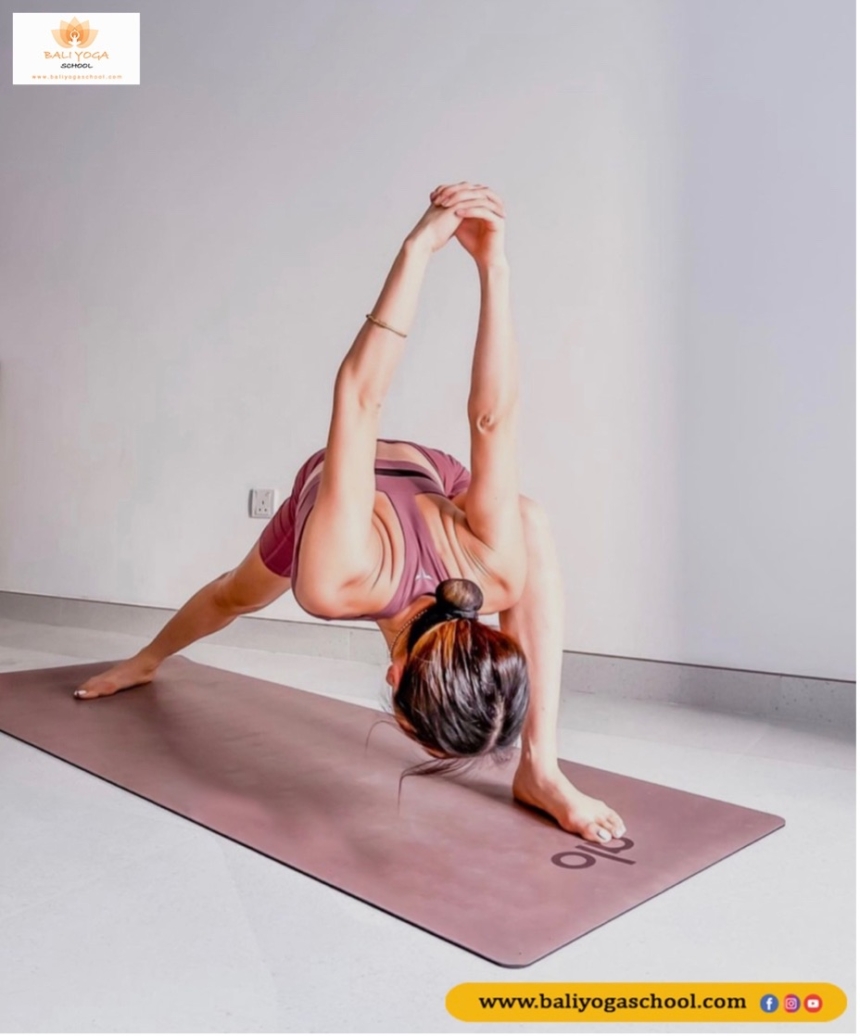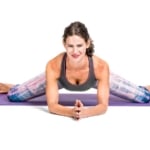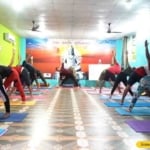Baddha Virabhadrasana
By Himanshu JoshiYoga
METHOD
1 – Let’s see how to come into this asana from Adho Mukha Svanasana (downward facing dog). From Adho Mukha Svanasana, bring your right leg back and up as you inhale, and as you exhale bring your right foot between your hands on the ground. As you inhale, come up to Virabhadrasana 2 (Warrior 2 pose). Give yourself a good long exhale.
2 – Turn your left heel clockwise until your left foot positions 45 degrees angle just as Virabhadrasana 1.
3 – Now, as you exhale, interlace all your fingers behind your back and open your chest to get a good fresh prana into your body.
4 – As you exhale, keep your lower body as it is, and bring your upper body forward and closer to the right leg. Try to keep your back as straight as possible, and keep pulling your arms away from your body. Keep your whole legs engaged strongly. Left foot is also active until the outer side of it.
5 – Keep breathing as much as you feel comfortable and can stay stable.
6 – As you inhale, bring your upper body up. Keep your lower body strongly where it is.

BENEFITS
- Opens your hips and chest.
- Gives a great stretch to your hips, pelvic floor, glutes, groin, hamstrings, quadriceps, calves, chest, wrist, and spine.
- Strengthens your thighs, knees, feet, glutes, abdomen, core, and arms.
- Improves balance and stability.
- Stimulates the Manipura Chakra and improves digestion.
- Brings fresh blood to the neck, face, and head. It helps to create new cells in that regions.
- Helps to calm the mind, stabilize and build self-confidence.
CONTRAINDICATION
Avoid this asana unless instructed any modifications by professionals if you have any of the below or feel uncomfortable any time during your practice.
- Injury in the shoulders, wrists, neck, lower back, pelvis, hips, knees, ankles, feet
- Having a strong lower back pain
- High blood pressure
- Still recovering from herniated disc, cervical spondylosis






